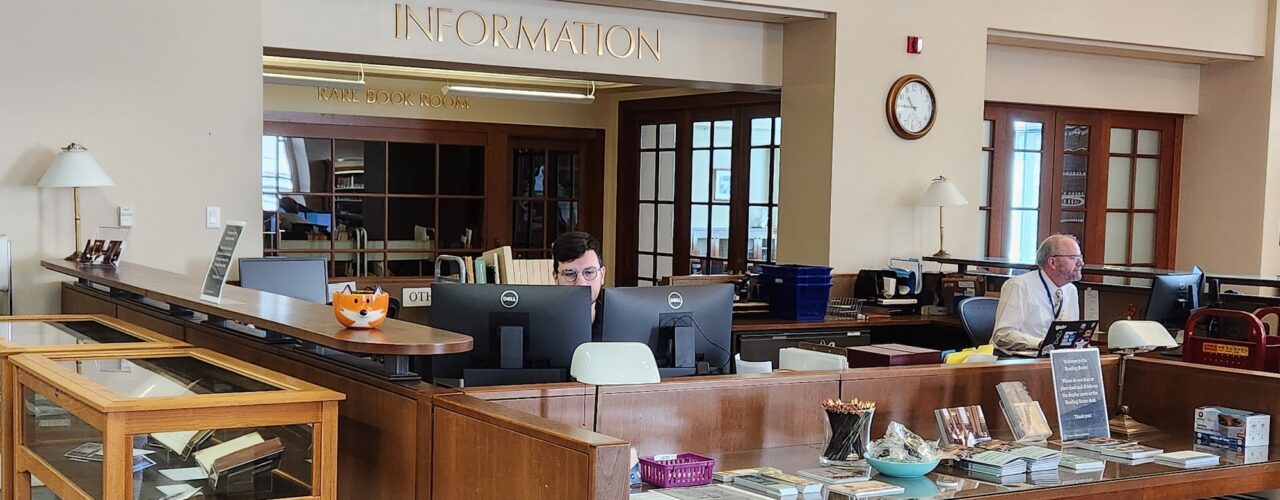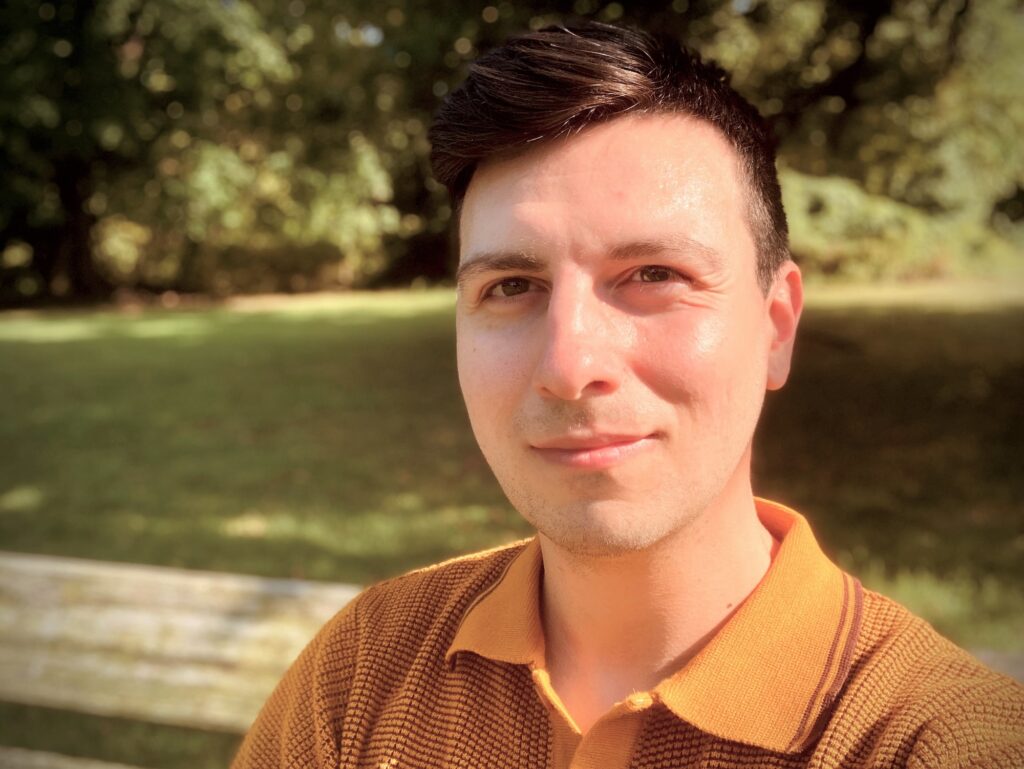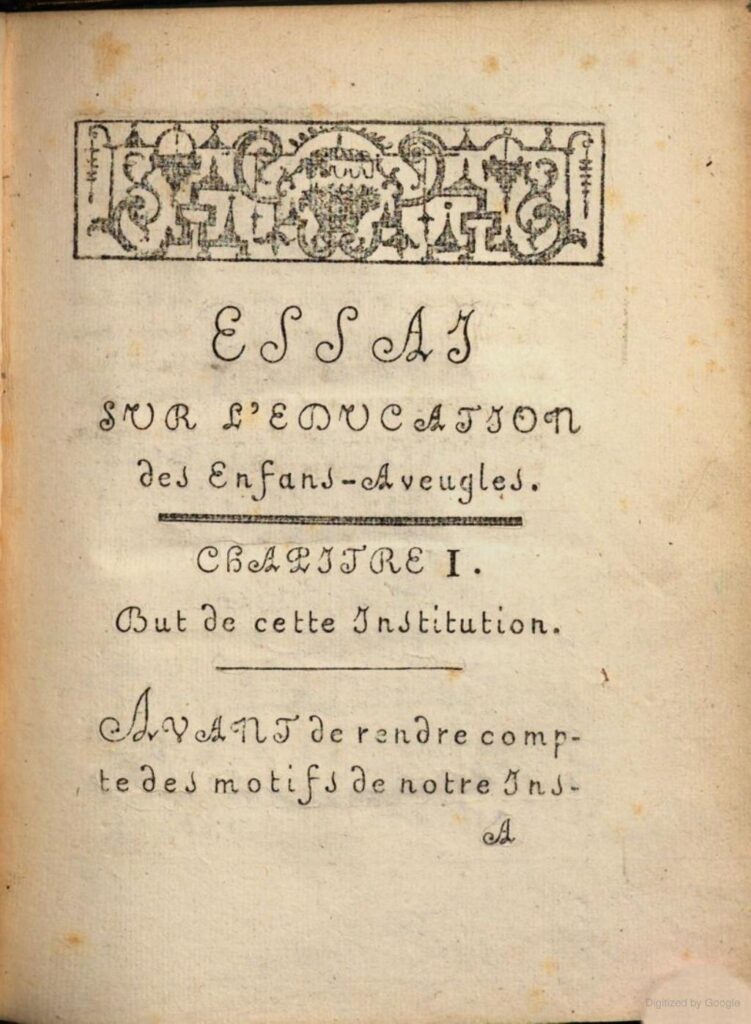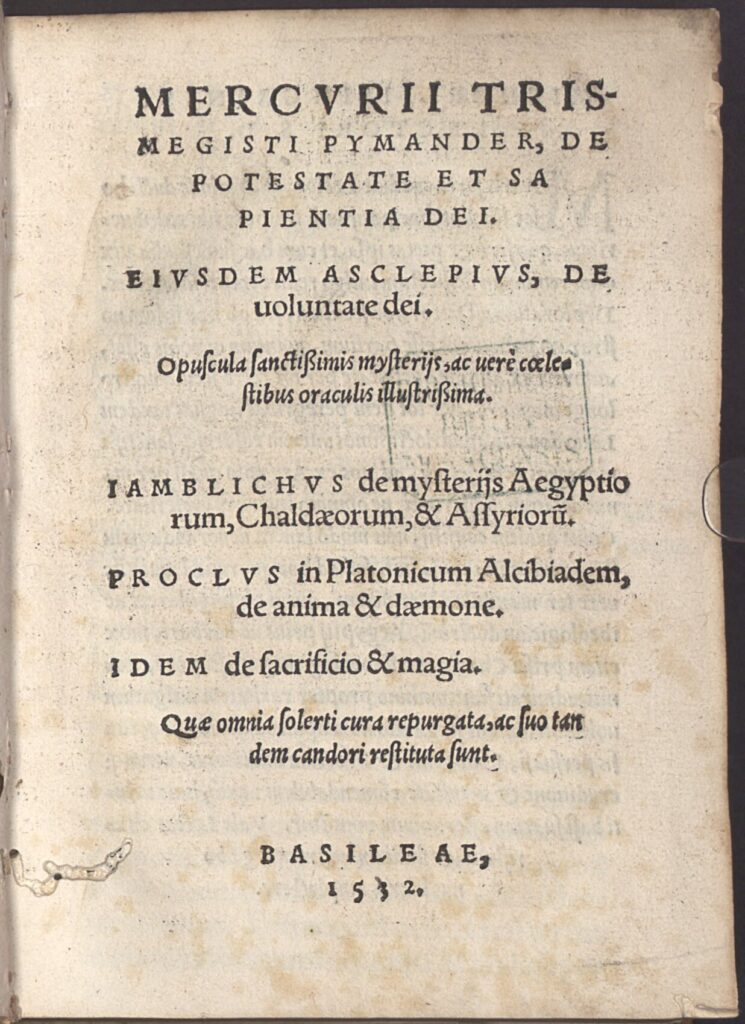Get to Know Phillip Bellizzi, Our New Public Services Librarian
One of Phil’s roles is to answer reference questions. Today’s subject? Himself.

One of Phil’s roles is to answer reference questions. Today’s subject? Himself.
The Science History Institute is thrilled to welcome our new public services librarian, Phillip Bellizzi, who joined us in late summer. We hope you have an opportunity to meet Phil in person—whether in the Reading Room of our Othmer Library or at public event—but in the meantime, please read on to learn more about Phil and his role at the Institute.

Science History Institute: Welcome, Phil! We are very excited to have you join the Othmer Library staff. In our experience, librarians come to the field in many different ways. Can you tell us what led you to a career as a librarian?
PHIL: In some ways, working in librarianship has felt like fate. The public library was my second home growing up, and in high school, the school librarian encouraged me to start the Future Librarians Club (though, I admit my true intention in founding the club was to beef up my college applications). Librarianship didn’t really register to me as a career choice until I started attending college
Temple University’s library was unlike any library I had ever visited before. I would start selecting books for my research papers, and then an hour would slip away and I’d find myself checking out about a dozen other books covering completely unrelated topics. I wondered what it would be like to work in an environment where I’d constantly be surrounded by endless tomes of information.
After graduating, I ended up in a human resources position. I enjoyed the pace of that work and felt like I thrived in an environment where I could be counted on to help people understand otherwise complex or specialized information. Working through the pandemic pushed me to seriously consider pivoting to a new career, and I kept going back to the image of working in a library.
With the skills I gained in human resources, I figured I had a shot of succeeding in librarianship, so I decided to take the risk and leave my job to pursue a master’s in library science. With three years of public and academic library experience under my belt, I’m still relatively new to the field, but I couldn’t be happier with my decision—especially now that I get to work with a collection as interesting as SHI’s!
SHI: What does your role at the Othmer Library involve?
PHIL: The role is certainly multifaceted. In general, I oversee the operations in our Reading Room where research fellows and visitors can use materials in our collections. I make sure our fellows can familiarize themselves with our resources and conduct their work in a welcoming environment. There are quite a few requirements regarding the handling of rare books and archival materials, so I also ensure the materials are being handled safely and direct questions about them to the experts who can answer them best.
I also assist with appointment schedules, answer general reference questions, and collaborate with other members of the Institute to participate in library outreach. So far, each day has been different from the last, but the more I familiarize myself with the role, I get to learn more about the collection. It makes for an engaging and exciting work environment to say the least!
SHI: You mentioned that one of your responsibilities is “library outreach.” What does that mean and what does it look like in practice?
PHIL: Library outreach is any opportunity the library has to promote its collections and resources with the public, which could include potential visitors and researchers. It could happen in the Reading Room itself when visitors are interested in a tour or donors want to stop in and see the library, but we’re also present for events in collaboration with the museum.

For example, I am the library’s representative during the museum’s First Friday events. They’re free events on the first Friday of every month, so visitors can look at books from the collection they wouldn’t normally have access to. The books typically have some historical or aesthetic significance in relation to that month’s theme. For September’s Science for All First Friday, we showed a book with an embossed typeface that predates Braille code. Valentin Haüy developed the typeface to teach blind children how to read, but he also happened to be Louis Braille’s teacher!
In my opinion, the best part of outreach is the ability to engage the public by filling in the blanks of potentially unfamiliar stories using materials in our collections. We have the power to inspire some of our visitors to become interested in the history of science and—possibly—become researchers themselves. How wonderful is it that they may come back to the Institute in the future to use our library because of something that inspired them during an event!
SHI: As a librarian, how do you go about learning and familiarizing yourself with a new collection?
PHIL: I treat a library’s collection like any other topic that interests me: I find something I connect with and go from there. The best way to learn about a collection is to use it, so once I’m through with a book, I’m usually inspired enough to find something related to what I just read or springboard into a different topic altogether.
When I sense a theme of what’s available, I get an idea of the decisions that went into developing the collection, which can only help when I’m assisting a patron trying to find specific materials or pieces of information. I’m also of the opinion that librarians are the most helpful type of person, so it doesn’t hurt to have incredibly bright coworkers to help answer the many questions that come up.
SHI: So far, what have you found most surprising or unexpected about the Othmer Library’s collection?

PHIL: There are a number of history books on hermeticism and alchemy that I didn’t expect to find in the collection. I’ve been thoroughly enjoying reading about how earlier philosophies played a part in what would eventually become modern chemistry. The fun part is seeing if we have a text or translation in the rare book collection that’s cited in the academic work.
SHI: What’s in your own library?
PHIL: My collection is a hodgepodge of works I’ve been curious about over the years. While the list isn’t exhaustive, I have various history books covering early Japan, essay collections on philosophy and popular science (Louis Althusser and Robert Sapolsky being favorites of mine), books on animal psychology, and some mid-century queer fiction.
I enjoy fantasy novels as well, and own books written by Mercedes Lackey, C.S. Lewis, and, of course, Tolkien (including his translation of Beowulf). I love the few translated Detective Galileo books written by Keigo Higashino and I’m desperate for the rest of his novels to be translated. I also own a modest comic book and manga collection.
SHI: And finally, the age-old question facing librarians: dogs or cats?

PHIL: Well, I’ve personally (been) owned (by) four cats, and while I haven’t had the chance to adopt a dog for myself, there are many pups in my family that I love dearly. It’s impossible to answer this, so why not both?
Featured image: Phil Bellizzi (left) at work at the Othmer Library’s information desk.
Unwrapping the mystery of a Styrofoam Santa in our collections.
New World ingredients in Old World dyes.
How a Jewish scientist’s intellectual property became a lifeline in his journey from Nazi Europe to the United States.
Copy the above HTML to republish this content. We have formatted the material to follow our guidelines, which include our credit requirements. Please review our full list of guidelines for more information. By republishing this content, you agree to our republication requirements.